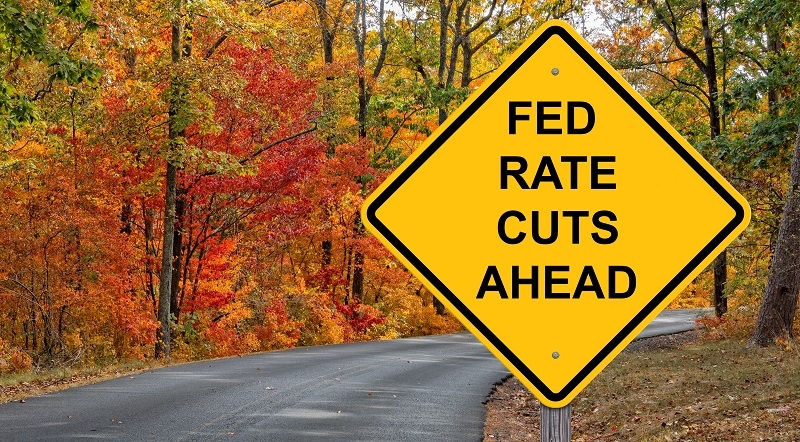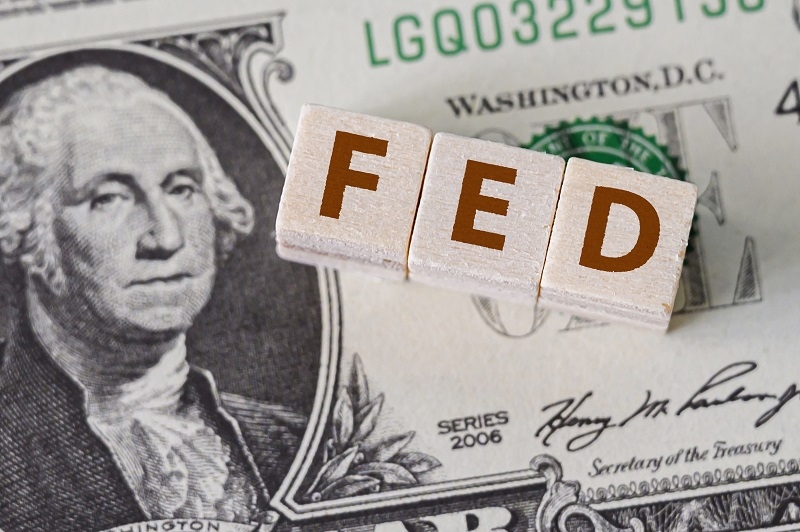
The Federal Reserve is significant in influencing the U.S. economy, and whenever it makes decisions on interest rates, it attracts the attention of Wall Street. Each Fed signal is closely monitored by investors since the goals of a slight change in the rate can alter the market tendencies, investor trust, and the development of the whole economy. In this blog, we shall dissect the impact of Fed rate cuts or increases on the stock market, the expectations of investors, and the responses of various industries.
The Federal Reserve will have direct influence on the cost of lending money to businesses and individuals whenever it lowers the rates. The reduction in interest rates tends to push more spending and investment in the economy which may give the stock market a push. However, that is not the end of the story as the market response will be determined by time, economic environment and expectations of the investors.
When the economy is slowing down, the Fed tends to resort to reducing the rate. Once the cost of borrowing is reduced companies are able to grow more readily and the consumers are eager to spend. This extra purchasing power is then able to prop up corporate earnings that consequently supports stock prices.
The initial reaction of rate cuts by the company in the stock market is usually celebrated by the investors who anticipate increased gains by companies. However, when the rates are cut due to a poor economy, the party may not be celebrated much longer. Investors also fear that reduced rates are indications of more serious economic issues in the future.
Fed decisions do not have the same influence on all stocks. The sectors of growth are usually favoured as the cost of borrowing becomes reduced and the prospects of future earnings become more appealing. Consumer borrowing is also cheaper than Housing, autos and retail benefits. Conversely, banks will suffer in the sense that they make less on lending.
It may be confusing to know how stock prices are related to interest rates. In a simple way however, interest rates have an effect on the overall flow of money in the economy.
When rates are low, people borrow more, and businesses expand. This added activity creates demand and pushes stock prices higher. Higher rates, however, slow down spending and investments, which can weigh on the market.
Interest rates also affect the competition between stocks and bonds. When rates go up, bonds become more attractive because they offer safer returns. Investors may sell stocks and move money into bonds, which pulls stock prices down.
A Fed decision is not just about numbers—it also influences investor mood and confidence.

Not all market parts move the same way after a Fed rate decision. Different industries feel different pressures depending on how interest-sensitive they are.
Tech companies often rely on borrowing to fund innovation. Lower rates help them thrive, but higher rates can weigh heavily since investors question their long-term profitability.
Banks benefit when rates rise moderately because they can charge more for loans. But if rates rise too fast, loan demand falls, hurting their business.
Also read: Market Trends 2025: Decoding Energy Shifts and Rate Dynamics
The Fed’s choice to raise, cut, or hold rates creates different market responses.
A Federal Reserve rate hike is usually meant to cool down inflation. While this helps control prices, it can scare the stock market. Investors worry that higher borrowing costs will slow profits. The immediate reaction is often adverse, especially in growth sectors.
Rate cuts usually bring a positive reaction, at least in the short run. Stocks jump on the hope of stronger earnings. But if the cuts are linked to a weakening economy, the excitement may fade quickly.
Sometimes the Fed keeps rates unchanged but signals where it may head next. Markets can still react strongly, depending on how investors read between the lines.
The increase in rates has not only an effect on stock prices.
Firms have to pay more interest on loans, and this slows down expansion plans and profits.
All increase with Fed increases: credit card rates, auto loans, and mortgages. This retards expenditures, which is one of the primary economic drivers.
The generally accepted currency in the U.S. raises their rates, which tend to bring money to the dollar, thus emerging markets are finding it difficult to compete. This has the potential to cause spill across global stock markets.
The market is more sensitive every time the Fed increases. The change in the cost of money will cause the stocks to move more drastically as the investors adapt to it.
The Fed can have a significant impact; therefore, investors usually attempt to manipulate the Fed before making decisions.
Many of the decisions that the Fed makes are based on the inflation rates and employment. Monitoring these reports would assist investors in knowing what to expect in the next hours.
Due to the varying response in various sectors, diversification may be used to even out the effects of Fed action. A combination of growth, defensive and income generating stock is a widely used strategy.
The short-term market responses to Fed news may be emotional. Investing in the long term, it is usually advisable to remain in control and concentrate on the fundamentals as opposed to following the sudden spike.
The next interest rate action of the Federal Reserve will again take the headlines. The move will either reduce, increase or stay the same, but in either case, the move will impact the entire stock market, influencing investor actions, industry performance and general confidence. When the Fed cuts the rates, it is usually exciting, and when it raises rates, it is normally cautious; however, the bigger picture will be determined by the economic conditions during the time. To the United States investors, it is always wiser to keep track of what the Fed is telling, yet have a clue of the effect of interest rates on the stock market and have their long-term goals in mind at all times.
This content was created by AI